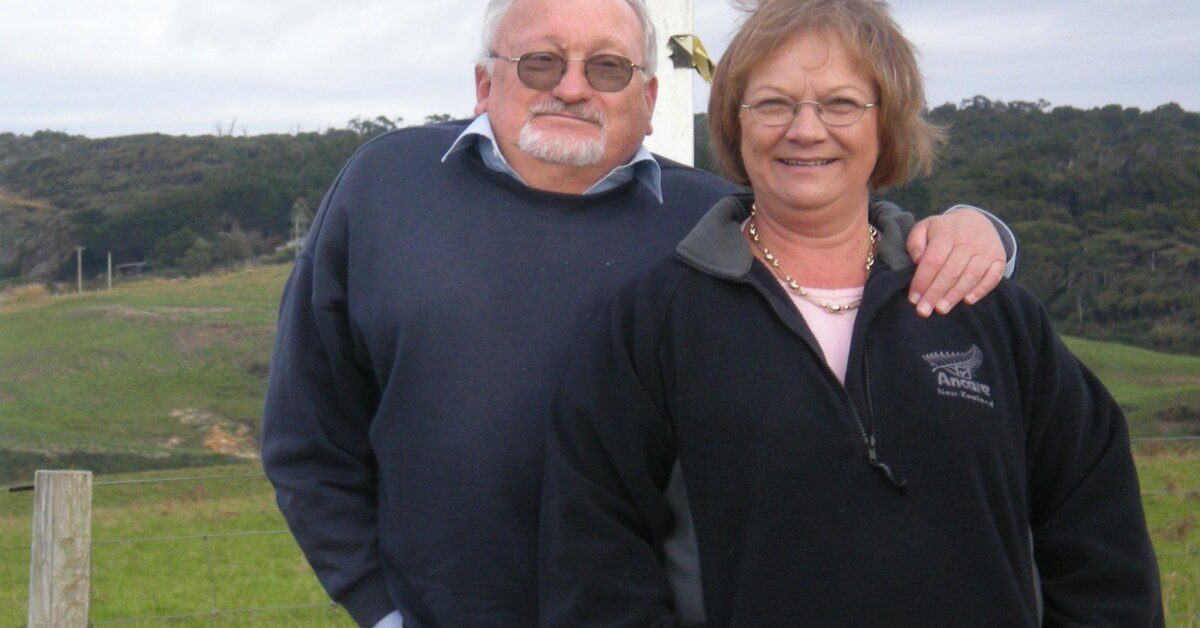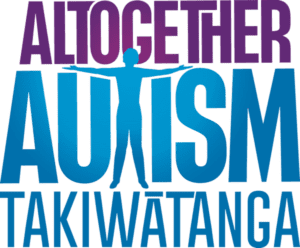
In the 1960s and 70s ‘dine and dance’ venues offered a glimmer of sophistication in towns up and down New Zealand.
And, if you were a frequent patron of ‘dine and dance’ evenings at the Hillcrest Lodge Restaurant in Hamilton in the 70s, chances are you would have seen John McIntosh behind the drums four nights a week in the Max Cleaver Trio.
Drums were an unlikely choice of instrument for a young man like John. He was born with scoliosis – a severe curvature of the spine. Typical symptoms include limited mobility and heart and lung difficulties – the type of symptoms that make lugging around a drum kit challenging.
But, John explains, he was a drummer almost from the day he was born.
Encased in plaster from neck to ankle from infancy until the age of three, John spent a lot of time in pain. A love of music provided much-needed relief.
“The only way my mother could keep me occupied was to prop me up in front of the radio. She noticed I really loved music. As I got older, she’d give me spoons and a couple of pans and I’d bang and crash away.”
John McIntosh is one of the stars of our Question Time series made in partnership with Attitude Live. Watch his video where he talks about growing up with curvature of the spine, meeting wife Marilyn and what it’s like growing older when you have a disability. There’s a great demo of John on the drums at the end too.
John’s parents were his greatest advocates early on. “When I was almost five and it was time to go to school, the doctor said ‘put him in an institution and come back and get him when he’s 18.’
“But my parents said no. He’s going to a normal school; he’s going to live a normal life – which was pretty impossible back in those days. Schools were not set up for children with disabilities.
“I went to an ordinary state school with no provision for disabled children, so I had to make the best of what was available. And I guess part of that – and it’s unique to people with disabilities – is you have to find different ways of doing things. We don’t stick to the normal, because we can’t do normal. So we become inventive. And I certainly did that.”
John also credits his sense of humour for getting through almost every challenge. But there’s a pinch of rebellion too.
After the plaster cast was removed, John was told he would have to wear a heavy metal and canvas brace around his torso for years.
“When I was 15 or 16, I thought I’m not going to get a girlfriend strapped up like that. So I made the decision to get rid of it. I took it off and never wore it again, and in fact – this is not an advisable thing to say – I threw it off the bridge into the river. I didn’t want to ever see it again.”
John started work at the milk treatment station in Hamilton after high school. They provided him with a scholarship to Massey University and he eventually became responsible for the laboratory there. It’s also where he met his wife of 43 years, Marilyn.
At the time, disabled people were not encouraged to have a family.
“Back in the day, disabled people when they married were expected to marry other disabled people and not have children.”
Son, Glenn, arrived five years later.
John moved into the agricultural industry rising to the position of National Marketing Manager for Ambreed, a position he held for 18 years. But a downturn in agriculture marked the start of a long career working and advocating in the disability sector.
“I thought this is my opportunity to try something completely different.”
John registered at Workbridge, a newly established employment organisation for people with disabilities. They offered him a job with the organisation on the spot. There he rose to Regional Manager and was then seconded to head office as National Business Manager. It was during this period he gained a post graduate diploma in management studies at the University of Waikato.
He was asked to join Life Unlimited in 2003 as business manager which included the development and expansion of the Life Unlimited Stores
“I thought, why not. It looked like a good organisation, I liked the people, I liked the philosophy,” says John.
John still works with Life Unlimited as community liaison in addition to being involved with a number of other disability organisations and committees.
John cites his involvement in pioneering individualised funding as one of the highlights of his involvement in the sector.
“Individualised funding allows people with disabilities to have control over their own future and funding to determine their own support needs. At the time it was revolutionary.”
But John believes there’s still room for improvement.
“I still think there are not enough people with disabilities in prominent roles in New Zealand, such as chief executives, members of parliament and other high-profile positions.
“If you look at census results, we know that one in four New Zealanders live with a disability, but we are still underrepresented.”
And the drums? John admits he doesn’t play as much these days. But his passion for music, which led him to tour with the likes of Suzanne Prentice, Jodie Vaughan, Gray Bartlett and Hamilton rock and roll legends The Satellites, is still very much alive.



